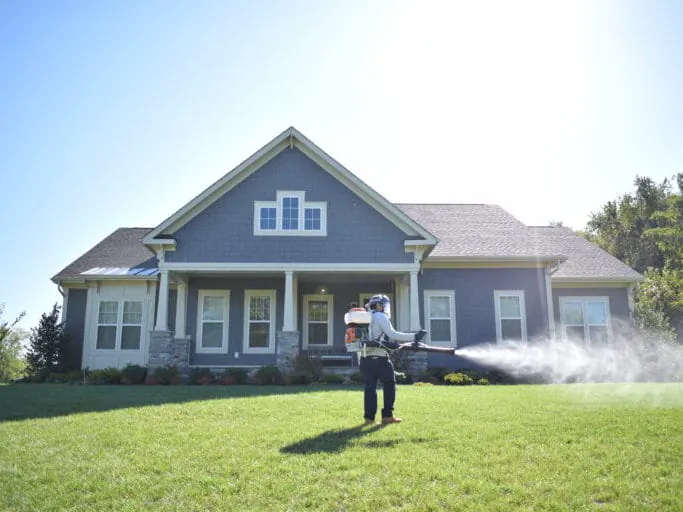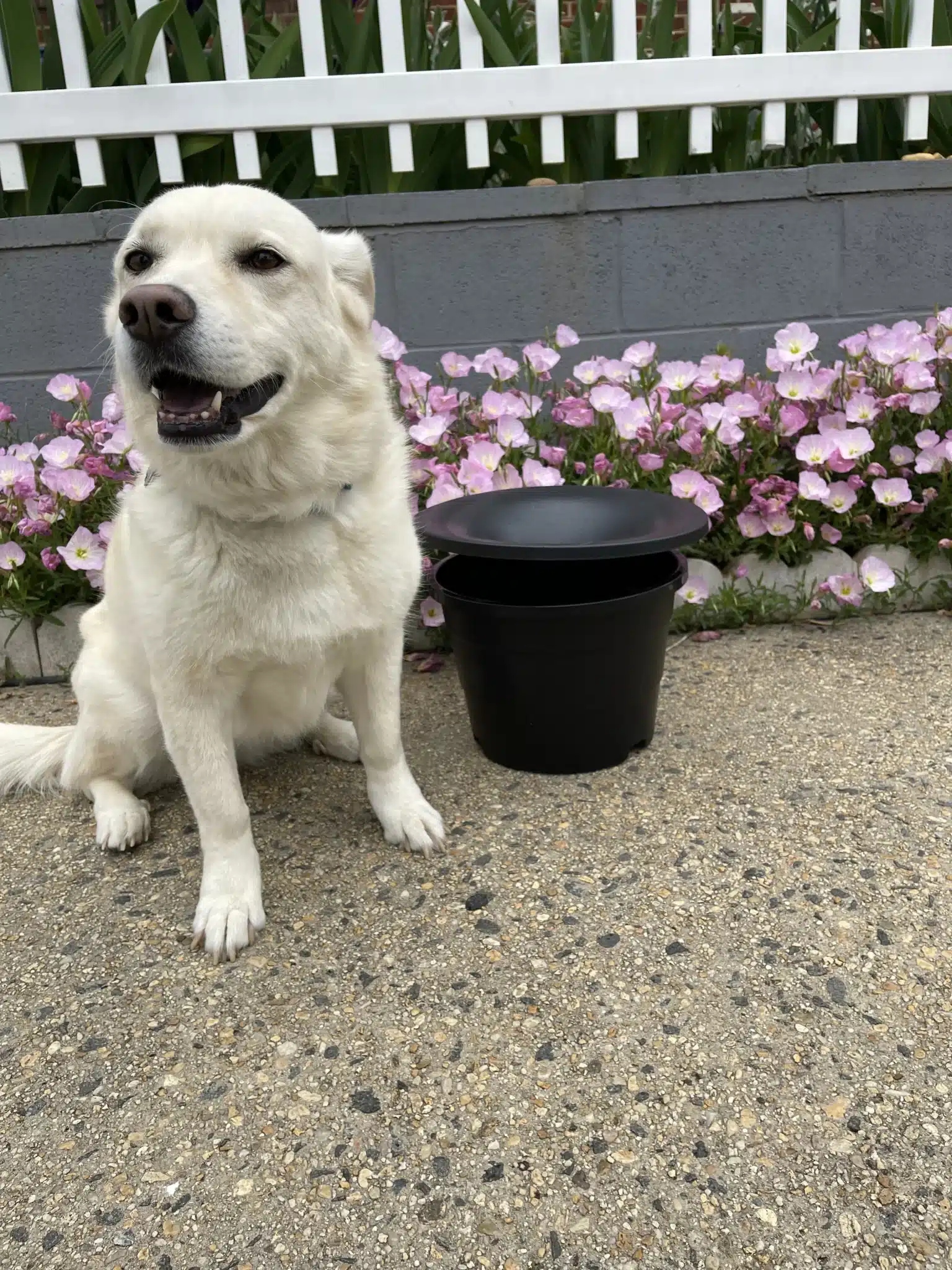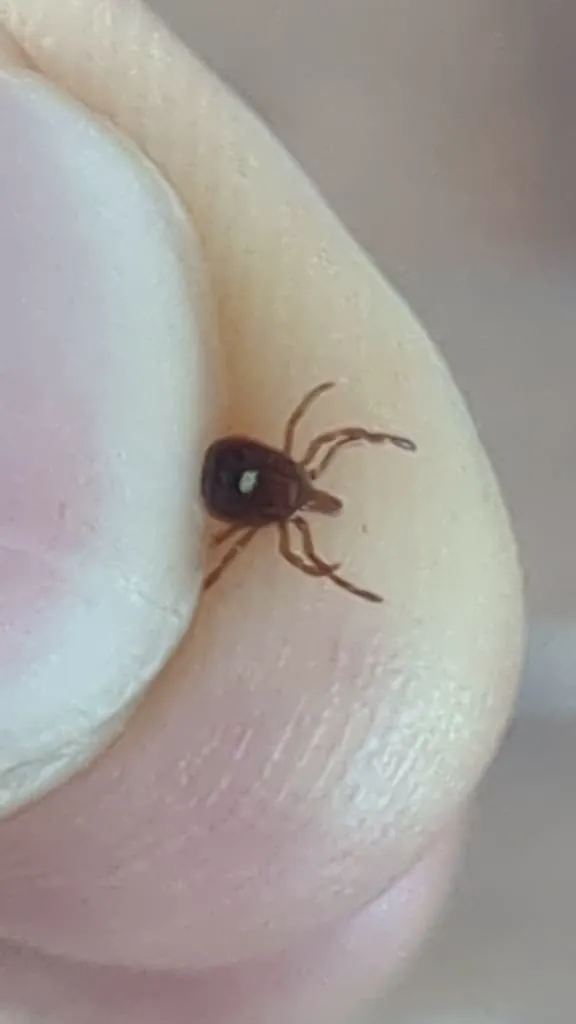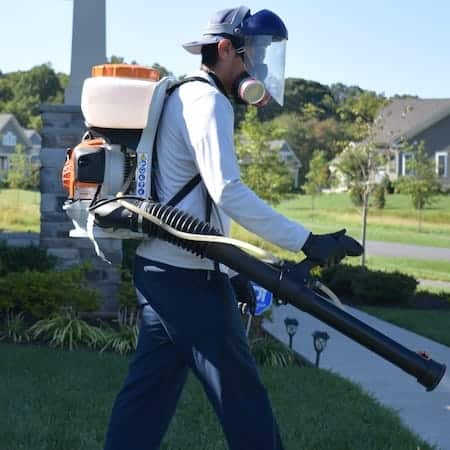Severn Mosquito Control
Reclaim your outdoor spaces with our research-backed, reduced-risk treatments






Family Owned
57 years of experience serving local homes with pets and kids.
Lower Risk Products
Our research team picked materials better for the planet & your home
No Contracts
We don't lock you in with paperwork - stay because it works!
About Our Severn Mosquito Control Programs
Better Termite & Pest Control brings comprehensive mosquito management solutions to Severn homeowners who want to reclaim their outdoor spaces. Our approach centers on removing 9 harsh chemicals commonly used in the industry, instead choosing products like Essentria, Sentricon, and EcoVia that we\'d feel comfortable using in our own homes.
Our Severn mosquito control programs include unlimited callbacks because we stand behind our work. If you\'re not getting the results you expect, we\'ll keep coming back until we achieve a good baseline at no additional cost. Additionally, we never lock you into binding contracts - you can cancel anytime with 30 days notice if you\'re not happy with the service.
Every program begins with a consultation from our licensed technicians who provide detailed quotes over the phone. This Better Promise approach means you\'ll speak directly with experts who understand local mosquito challenges, not overseas operators or phone trees. Our professional mosquito management combines traditional barrier treatments with innovative solutions like the In2Care system.
Get a Free Quote
Choose the option that works best for you
Option 1: Call a Licensed Tech
Option 2: Submit Your Info to our Team
How Our Severn Mosquito Control Works
Our mosquito treatment process starts with an inspection-driven methodology that identifies breeding sites and resting zones around your property. Basically, our registered technicians look for areas where mosquitoes reproduce and spend their time during the day.
The treatment combines an adulticide for immediate knockdown with a growth regulator that disrupts the mosquito lifecycle. This dual approach means faster results and longer-lasting protection. Our technicians use backpack sprayers to apply treatments to foliage, shady areas, and brush while carefully avoiding blooms to protect pollinators.
Targeted mosquito control continues with ongoing support including follow-up visits, advice on eliminating water sources, and free callbacks until we achieve your desired baseline. Because mosquito populations can fluctuate based on weather and breeding conditions, this ongoing partnership ensures consistent results throughout the season.

In2Care Mosquito Control System
The In2Care system represents advanced autodissemination technology that works differently than traditional sprays. Each station contains specially treated gauze strips with larvicide and a beneficial fungus that targets mosquitoes specifically while remaining gentle for families and pets.
Station placement occurs in shaded rest areas where mosquitoes naturally gather during the day. When mosquitoes enter these stations, they become contaminated with the treatment materials and carry them to other breeding sites throughout your neighborhood. This autodissemination process means one station can impact mosquito populations far beyond your property boundaries.
The benefits include eco-friendly mosquito control that provides long-term suppression with minimal disruption to your daily routine. The system complements traditional sprays rather than replacing them entirely, especially for properties with significant mosquito pressure. Additionally, the stations require minimal maintenance and work continuously throughout the mosquito season.
In2Care System Mechanics
Station placement follows mosquito behavior patterns, with each unit positioned in areas where adult mosquitoes rest and breed. The gauze treatment contains specific materials that mosquitoes inadvertently collect and transport. This autodissemination cycle creates a network effect that impacts entire mosquito populations across multiple properties, significantly reducing local breeding success.

Tick Treatment in Severn
Granular tick control begins in March during the annual tick surge when these pests emerge from winter dormancy. Follow-up topical sprays continue from April through October, targeting the ecotone areas where your landscaping transitions to natural terrain.
Late-fall retreatment in November reduces overwintering tick larvae and prepares your property for the following year. This timing specifically targets the Ixodes scapularis (deer tick) that carries Lyme disease and Dermacentor variabilis (American dog tick) common throughout Anne Arundel County.
Bundle options allow you to combine mosquito and tick programs for streamlined protection and simplified billing. This approach provides comprehensive pest management while reducing the complexity of managing multiple service schedules. Additionally, bundled programs often include cost savings compared to separate treatments.
Disease prevention remains the primary goal of our tick treatments, especially given the increasing prevalence of tick-borne illnesses in Maryland. Our granular application method ensures thorough coverage of areas where ticks naturally shelter and feed.
Tick Treatment Schedule
March receives granular treatments targeting emerging tick populations during peak activity. Spring and summer months include monthly topical sprays focusing on property perimeters and transition zones. November concludes with retreatment designed to reduce overwintering tick populations and prepare for the following year\'s cycle.

Local Severn Mosquito Insights
Severn mosquito species include the aggressive Asian tiger mosquito (Aedes albopictus), the common house mosquito (Culex pipiens), and various floodwater mosquitoes that emerge after heavy rains. Each species has different breeding preferences and activity patterns that influence our treatment approach.
Regional breeding zones in Severn include tidal marshes near the Patuxent River, storm drains throughout residential areas, and countless backyard containers like flower pots and tarps. Because Severn sits in a transitional zone between urban and rural environments, mosquito populations can vary significantly from property to property.
Seasonal peaks typically coincide with Patuxent River runoff during spring and the humid summers common to Anne Arundel County. These local mosquito challenges require targeted timing and treatment methods that account for both natural water sources and human-created breeding sites.
Treatment Process for Severn Mosquito Control
Step 1 begins with an expert phone consultation where our licensed technicians discuss your specific concerns and property characteristics. This leads to our comprehensive 78-point property inspection that identifies breeding sites, resting areas, and factors contributing to mosquito activity.
Step 2 involves the initial barrier treatment application around your property\'s perimeter, focusing on areas where mosquitoes rest during the day. Simultaneously, we apply larvicide treatments to water sources that cannot be eliminated, such as storm drains and natural depressions.
Step 3 includes follow-up visits at 7-14 day intervals initially, then transitions to monthly maintenance throughout the mosquito season. Each visit allows our technicians to assess treatment effectiveness and adjust approaches based on mosquito activity levels and weather conditions.
Step 4 provides ongoing support through unlimited callbacks between scheduled visits and detailed post-service reporting via email. These reports outline exactly which products were used and where, ensuring you understand what\'s happening on your property.
Step-by-Step Treatment Breakdown
- Phone consultation with licensed technician to discuss your specific mosquito challenges
- Complete 78-point property inspection identifying breeding sites and resting zones
- Initial barrier spray and larvicide application targeting mosquito habitat
- Follow-up assessment within 7-14 days to evaluate treatment effectiveness
- Monthly maintenance visits with unlimited free callbacks as needed

Seasonal Severn Mosquito Control
Spring mosquito control kicks off in April with comprehensive larvicide applications and initial barrier treatments. During this period, we\'re targeting early-season mosquito emergence and preventing population establishment before peak breeding begins.
Summer maintenance from May through August represents our most intensive treatment calendar period. Peak spray cycles occur monthly, with growth regulator re-applications ensuring continuous lifecycle disruption. Because summer brings the heaviest mosquito pressure, this period requires consistent attention to maintain comfortable outdoor spaces.
Fall treatments in September and October focus on final population knockdown and preparation for the off-season. These treatments target late-season mosquito activity while beginning preparations for next year\'s tick treatments scheduled for March.
Winter review allows our team to assess program effectiveness and schedule the following year\'s services. This year-round protection approach includes planning tick treatments for the March surge and November retreatment, creating a comprehensive pest management calendar.
Seasonal Timing Chart
March focuses on granular tick treatments during the annual tick surge. April through October emphasizes monthly mosquito barrier treatments and breeding site management. November concludes the season with final mosquito knockdown and late-fall tick retreatment to reduce overwintering populations.
